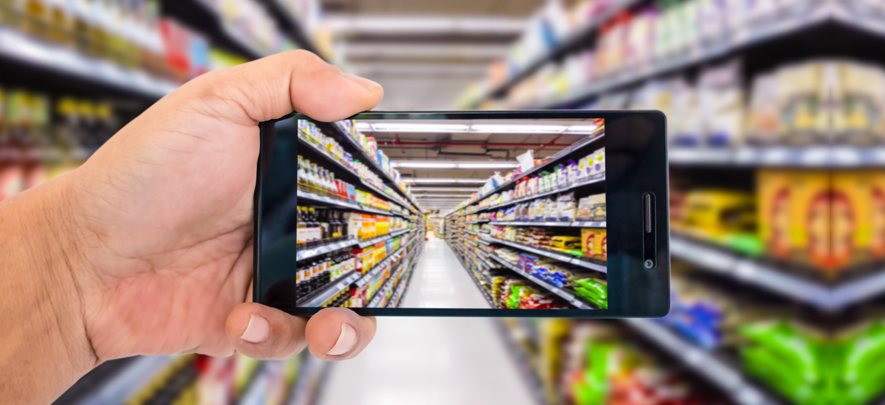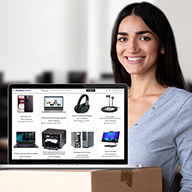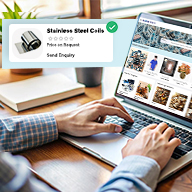How you can use digital tools & techniques to embrace the 'New Retail'

Learning & Development
312 week ago — 4 min read
Once you have tackled product design and promotion, your next challenge as an SME becomes the optimal placement of your product(s).
A shift from long-form distribution of the physical
Traditional business models have taken products from manufacture through a complicated distribution process involving numerous intermediaries and independent retailers, each of whom will then manage their own inventory and sales efforts.
As described in Marketing in a Digital World with Aric Rindfleisch, one of the many courses available from GlobalLinker affiliate partner, Coursera, “Each member of this channel is typically independent from the other members, thus each participant is trying to maximize their revenues and minimize their cost. As a result, conflicts and misunderstandings among channel members often arise.”
This complex, multi-step process also eats away at a firm’s profits, with manufacturers giving away as much as 40% of their revenues, simply to get products into the hands of their customers.
However, as the course explains, many modern firms are now utilizing digital marketing tools and techniques to bypass physical retailers or locations entirely, for example, selling through Amazon or their own websites instead. (The course cites the US-based example of Casper mattresses, adding, “If a mattress can be sold online, just about any product can bypass traditional physical stores.)
Another digital marketing tool and technique being increasingly utilized in some areas of the world is 3D printing, through which a digital file of a product is shipped instead of a bulky physical product. This bypasses much of the traditional distribution process entirely by allowing the product to be created at the back end, sometimes even by the customers themselves. Keep an eye on this exciting trend as it continues to develop.
How can you as an SME adapt to the new retail landscape?
Marketing in a Digital World notes several examples of firms cutting back on physical locations, or at least also introducing creative alternatives such as vending machines, screens or temporary “pop-up” stores in high-traffic locations.
But embracing the “new retail” doesn’t necessarily mean giving up on brick and mortar stores completely. As the course explains in greater detail, physical and digital retailing each have their unique strengths.
Acknowledging the concept of “showrooming,” which is when customers go look at a product in person but then buy it online, the Coursera course notes that “in reality, more people engage in its opposite, which is called webrooming,” in which they learn about a product online but then actually buy it in person, so they can actually see and test and touch it first.
Therefore, many retailers are now striving for the best of both worlds by combining the physical and digital in a ratio and “collection of strategies” that is right for them and their businesses. The course offers a number of specific recommendations on how SMEs can accomplish this, including ways to market to shoppers more successfully in a digital way, both before they enter your physical location and once they are inside.
Learn more, and craft your own “new retail” strategy by registering for the course HERE.
Posted by
GlobalLinker StaffWe are a team of experienced industry professionals committed to sharing our knowledge and skills with small & medium enterprises.
View GlobalLinker 's profile
Most read this week













Comments
Share this content
Please login or Register to join the discussion